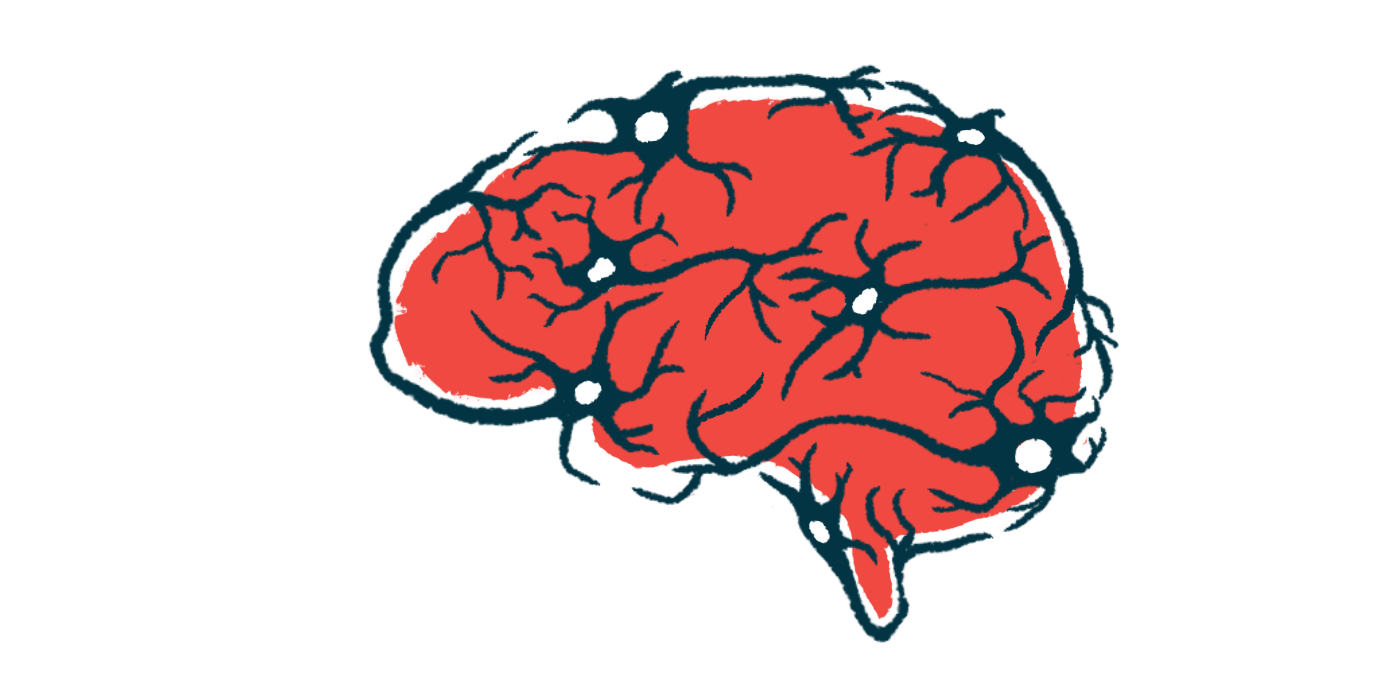New research into brain circuits could improve DBS for Parkinson’s
Scientists aim to reduce 'trial and error' that now marks surgical treatment

Researchers have figured out a new way to predict how brain cells communicate, which may have important implications for how deep brain stimulation (DBS) — a Parkinson’s disease treatment that involves implanting a device to stimulate targeted regions of the brain — is delivered.
The ultimate goal, according to the scientists, is to “help make deep brain stimulation a more viable treatment” for the progressive disease.
“What we thought about in this paper is, instead of doing trial and error, maybe we could predict the effect of the stimulation before we stimulate,” Luca Mazzucato, PhD, an associate professor at the University of Oregon and a study co-author, said in a university news story.
The study, “Predicting the effect of micro-stimulation on macaque prefrontal activity based on spontaneous circuit dynamics,” was published in Physical Review Research.
Trying to make DBS in Parkinson’s more precise with math equations
In deep brain stimulation, known as DBS, surgically implanted electrodes in the brain deliver gentle electrical stimulation to specific brain regions. DBS is sometimes used to help manage the symptoms of Parkinson’s, especially when medications aren’t cutting it.
However, while DBS often is effective for patients, figuring out exactly which parts of the brain to stimulate typically involves a lot of trial and error — which can be frustrating, time-consuming and costly.
“The human brain contains roughly 100 billion neurons [nerve cells], so understanding the relationships between them is far from straightforward,” the press release stated.
To learn more, Mazzucato, a computational neuroscientist, teamed up with Roozbeh Kiani, MD, PhD, an associate professor at New York University, whose team recorded brain activity in macaque monkeys.
Theoretically, DBS works by activating certain nerve cells in the brain to fire. The DBS-activated nerves then signal to other brain cells, which signal to other cells, and so on. Ideally, this ends up normalizing brain activity to lessen Parkinson’s symptoms.
So, in order to predict the effects that DBS will have, it’s necessary to first understand which specific nerve cells are sending signals to which other specific cells — a particularly hard challenge given that “even neurons right next to each other can have wildly different roles,” according to the release.
Mazzucato and his colleagues figured out a way to adapt a set of mathematical equations that would do the job. The equations were originally developed by ecologists who wanted to understand how fluctuating ocean temperatures affect fish populations.
For both fish in the sea and nerves in the brain, these equations are useful because they’re good at teasing out cause-and-effect relationships from situations with a lot of interconnected variables.
Using these equations paired with electrical readings of the brains of the macaque monkeys, the researchers found they were able to identify circuits of “causal flow” — that is, sets of neurons with one cell signaling to the other, which signals to another, and so forth.
The team further showed that electrical stimulation similar to what’s used in DBS could be used to activate the circuits as expected.
“These simulations validate the accuracy and efficiency of the [causal flow] estimation method,” the researchers wrote.
[One demonstration] highlights that this approach is directly transferable to human subjects, where such [DBS] devices have been used for decades, thus bearing important implications for future translational studies.
For this study, the researchers specifically used analyses of the monkey’s brain activity while at rest, but they said this setup could be expanded and applied to figure out the activity of neural circuits in the brain during specific activities.
The researchers said a demonstration they did in alert monkeys “highlights that this approach is directly transferable to human subjects, where such [DBS] devices have been used for decades, thus bearing important implications for future translational studies.”
Ultimately, the scientists hope that a better understanding of these circuits may allow for more precise DBS in Parkinson’s and other neurological disorders with less trial and error.






